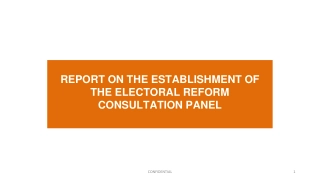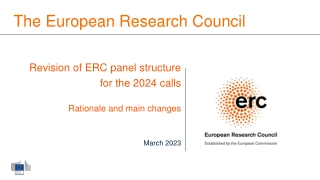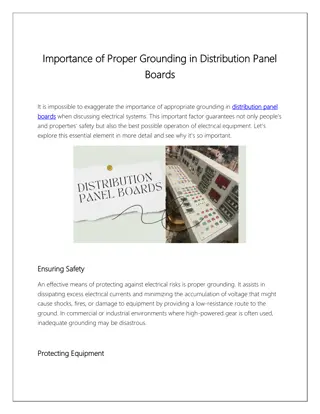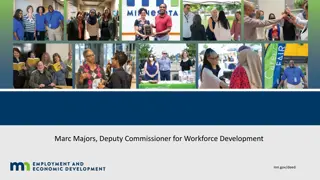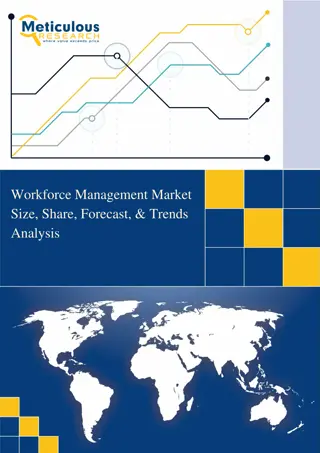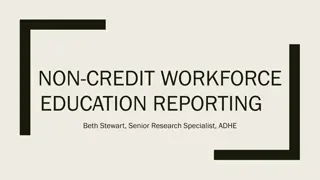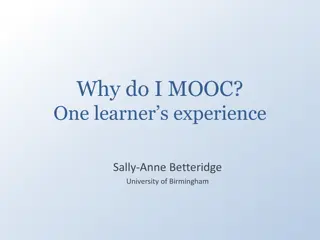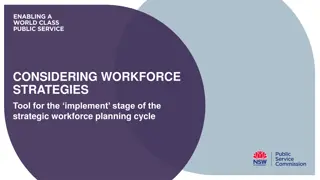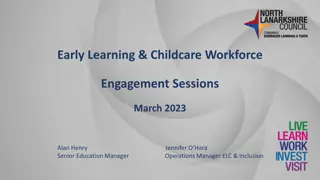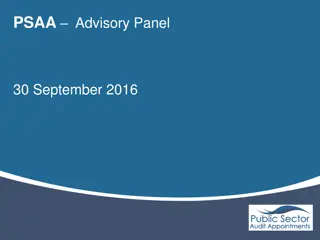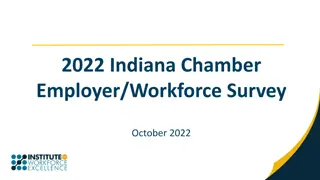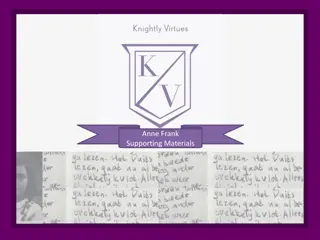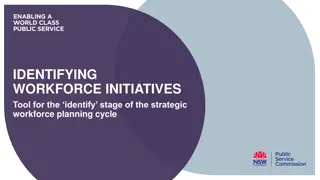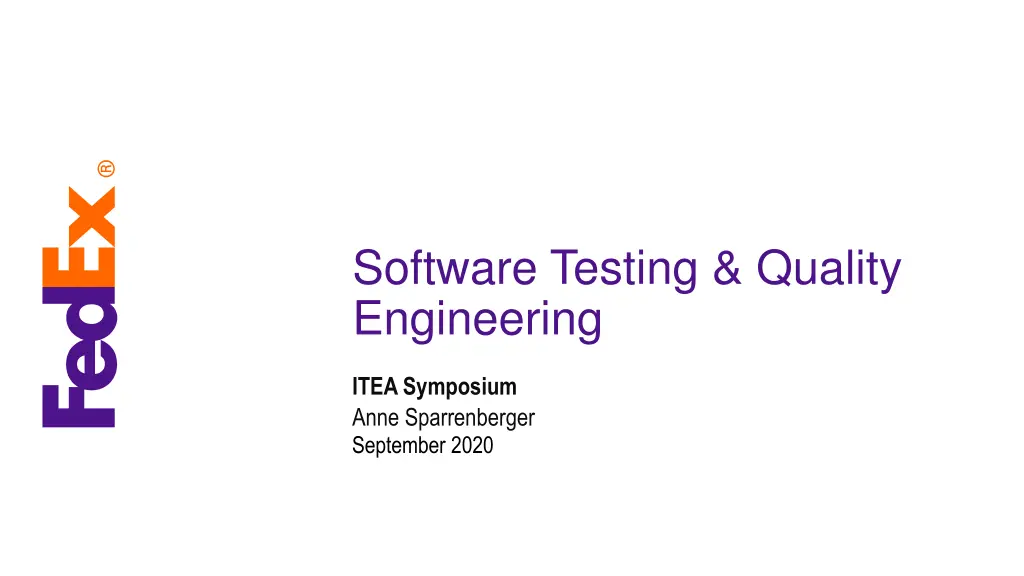
Evolving Role of Testers in Quality Engineering and Software Testing
Explore the evolving role of testers in quality engineering and software testing amidst the COVID-19 pandemic, focusing on remote work, innovative practices, and adapting to the new normal. Discover insights on prioritization, resiliency automation, and the importance of upskilling in a dynamic testing environment.
Download Presentation

Please find below an Image/Link to download the presentation.
The content on the website is provided AS IS for your information and personal use only. It may not be sold, licensed, or shared on other websites without obtaining consent from the author. If you encounter any issues during the download, it is possible that the publisher has removed the file from their server.
You are allowed to download the files provided on this website for personal or commercial use, subject to the condition that they are used lawfully. All files are the property of their respective owners.
The content on the website is provided AS IS for your information and personal use only. It may not be sold, licensed, or shared on other websites without obtaining consent from the author.
E N D
Presentation Transcript
Software Testing & Quality Engineering ITEA Symposium Anne Sparrenberger September 2020
Quality Engineering in an Unimaginable Time COVID 19 Resources Evaluate prioritization, pause programs as appropriate Augmentation via vendors with necessary skills Evaluate risks of redeployment of resources from paused implementations SME knowledge supplementation Collapse program, project, test leadership Leverage existing resiliency automation to prioritize test coverage Recognize that folks may be feeling particularly anxious due to pandemic and other national/ global circumstances: consider EAP opportunities Availability of skilled resources diminished due to illness, redeployment of critical resources, child care, etc Provide Hardware and Software capabilities for remote work, including collaboration, project management and /or agile tools Ensure strong privacy and security practices aligned with enterprise Develop innovative remote practices (as we transition from survival reaction) Leverage communication strategies with global partners Frequent communications to raise themes, concerns Recognize generational differences in use of such technology Transitioning to remote vs in office work Work Methods Remain informed of emerging knowledge and determine when to act Health implications for those affected Uncertain Long Term Impacts Measure effectiveness (remote vs traditional) Reduce real estate costs Anticipate hybrid models Planning for new normal work methods Leveraged articles https://home.kpmg/uk/en/home/insights/2020/05/covid-19-delivering-software-testing-in-the-new-reality.html Endtrust email 2
The Role Role of tester has evolved Roles within Team, Program, Product, DevSecOps and Enterprise planning layers of a scaled agile environment Role of tester is acknowledged beyond the tactical (test plan, execution and reporting) roles Quality Engineer and/or Test Architect- with alignment to Data, System, Application and Enterprise Architects Clarity in opportunities within Data as a Service and Test as a Service in the dynamic deployment of all environments Testing is not a separate role from how we should think about overall Quality and Reliability, nor should it be a function engaged post development. We have to shift left if considering traditional soft or hard-ware development lifecycle, with testing throughout the entire lifecycle The traditional tester is asked to develop test scenarios and cases, intended to exercise the capabilities anticipated, and sometimes to try to break it . This need continues, however, we now need the tester to take on a stronger engineering role, including participation in development vs. back end testing In house and/or contracted resources may need to be upskilled these adjustments demanded leaders and practitioners to make iterative changes to planning and execution of testing 3
The Leader Clearly, we have learned that we have to anticipate the unanticipated and constantly adjust We have to have confidence in adjusting to the information available, while also flexible to emerging information - Leaders and professionals must develop trust and confidence in remote settings, beginning with self - We have to determine how to continue the development of the roles in non-traditional settings (don t slip back to tactical) - We have to continue to adjust in shifts in technology where this discipline is concerned: roll in DevOps, Information Security, Big Data, Predictive Analytics/ML with recognition that we don t all adapt at same level of enthusiasm or speed - Make the remote professional feel true engagement, protect against apathy and/or isolation and a sustained sense of community and belonging? - 4

